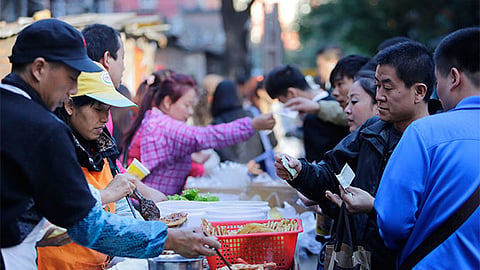China’s stagflation risk builds as growth slows
More companies are starting to pass on higher raw-material costs to customers

Also In This Package
Beijing: China’s inflation risks are building while new Covid-19 outbreaks are dimming the outlook for economic growth, throwing the spotlight back on policy makers as the Communist Party’s top leaders gather for a crucial political meeting this week.
Trade data on Sunday will provide clues on the strength of global demand, and whether it can continue to prop up the recovery as domestic drivers weaken. Exports likely grew at a double-digit pace in October, although at a slightly slower pace than in September, due to a higher base of comparison from last year. Import growth probably accelerated because of higher prices and seasonal demand.
That’s followed by inflation data Wednesday, which is set to show another surge in factory-gate prices to a fresh 26-year high and a pick-up in costs for consumers. More companies are starting to pass on higher raw-material costs to customers, while vegetable prices have recently spiked because of bad weather.
The data come against the backdrop of a high-profile meeting of the Communist Party’s decision-making Central Committee from Monday through Thursday, in which President Xi Jinping could lay the foundation for extending his term as leader. Although no economic plans are expected from the plenary sessions, analysts will be watching closely for any signals on future policy.
Sharp slowdown
China’s economy has slowed sharply in recent months as efforts to rein in the property market ripple through industries from construction to commodities. On top of that, an energy shortage has forced factories to slow output, while stringent measures to curb virus outbreaks have damped spending. Premier Li Keqiang said last week the economy is facing “new downward pressures” and policies need to be fine-tuned to provide targeted support to areas that need it.
Credit data due to be released this week are forecast to show a slight pickup in aggregate financing in October from the same period last year, a sign that the credit downturn is bottoming out. The central bank recently told banks to ease some of the excessive restrictions on lending to the property sector.
Sign up for the Daily Briefing
Get the latest news and updates straight to your inbox








